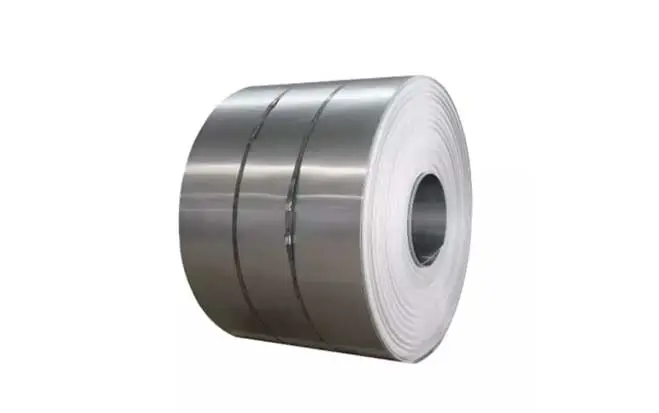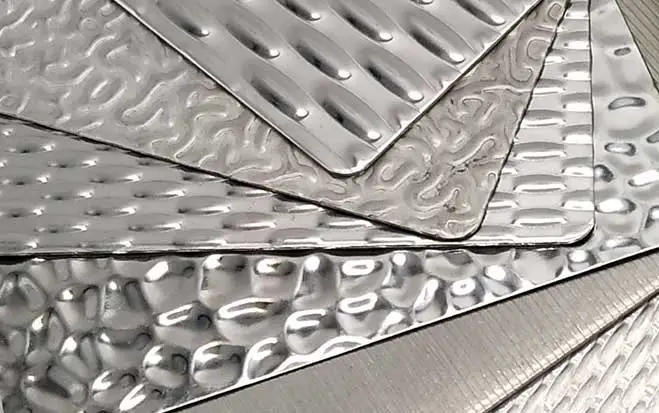Many people are curious about the chemical composition of stainless steel 400 series. This article will explain the chemical composition of ss 400 series from the perspective of stainless steel manufacturers. 400 series stainless steel is a type of stainless steel mainly composed of ferrite and martensite, which occupies an important position in industrial applications due to its unique chemical composition and performance. The following three aspects are used to explore the chemical composition of 400 series stainless steel and its influence on performance.
Chromium (Cr) is the core element of SS 400 series stainless steel, and its content is usually between 11% and 30%. Chromium forms a dense protective film of chromium oxide (Cr2O3) in steel, which can effectively prevent the erosion of oxygen and moisture, thereby significantly improving the corrosion resistance of steel. The higher the chromium content, the more stable the chromium oxide film and the stronger the corrosion resistance. However, excessive chromium content may lead to increased brittleness of steel, so it is necessary to find a balance between corrosion resistance and mechanical properties.

Carbon (C) is a key element affecting the hardness and strength of 400 series stainless steel. The carbon content is usually between 0.08% and 1.2%. A higher carbon content significantly increases the hardness and strength of the steel, but also reduces its toughness and ductility. For example, martensitic stainless steels (such as 410 and 420) have higher hardness and strength due to their higher carbon content, and are suitable for manufacturing parts with high strength requirements such as knives and bearings. However, too high a carbon content may cause cracks in the steel during welding, so it needs to be optimized according to specific needs in actual applications.
In addition to chromium and carbon, 400 series stainless steels may also contain small amounts of other elements such as nickel (Ni), manganese (Mn), silicon (Si) and molybdenum (Mo). The addition of these elements can further optimize the mechanical properties and corrosion resistance of the steel. For example, the addition of nickel can improve the toughness and impact resistance of the steel, especially in low temperature environments. Molybdenum can enhance the steel's resistance to pitting and crevice corrosion, and is suitable for applications in chemical equipment and marine environments. Manganese and silicon are mainly used for deoxidation and improving the hot working properties of steel.
400 series stainless steel is widely used in automobiles, home appliances, construction and chemical industries due to its unique chemical composition and excellent performance. The stainless steel 400 series market is extensive.
Understanding its chemical composition is important for selecting suitable materials and optimizing process flow. By reasonably adjusting the content of chromium, carbon and other alloying elements, the best balance between corrosion resistance, mechanical properties and processing properties can be found to meet the needs of different application scenarios.
Hot topics that may interest you:
Which is more expensive 304 or 316 stainless steel
Which is stronger 304 or 316 stainless steel
What's the difference between 304 and 316 stainless steel
409 stainless steel vs 304 stainless steel

College degree, Internation trade Major of CHANGSHA ZHONGSHANG FOREIGN LANGUAGE UNIVERSITY.
Professinal exporting manager of NORMANDY METAL INDUSTRY CO.,LTD.
18 years working experience in STAINLESS STEEL MATERIALS INDUSTRY.



